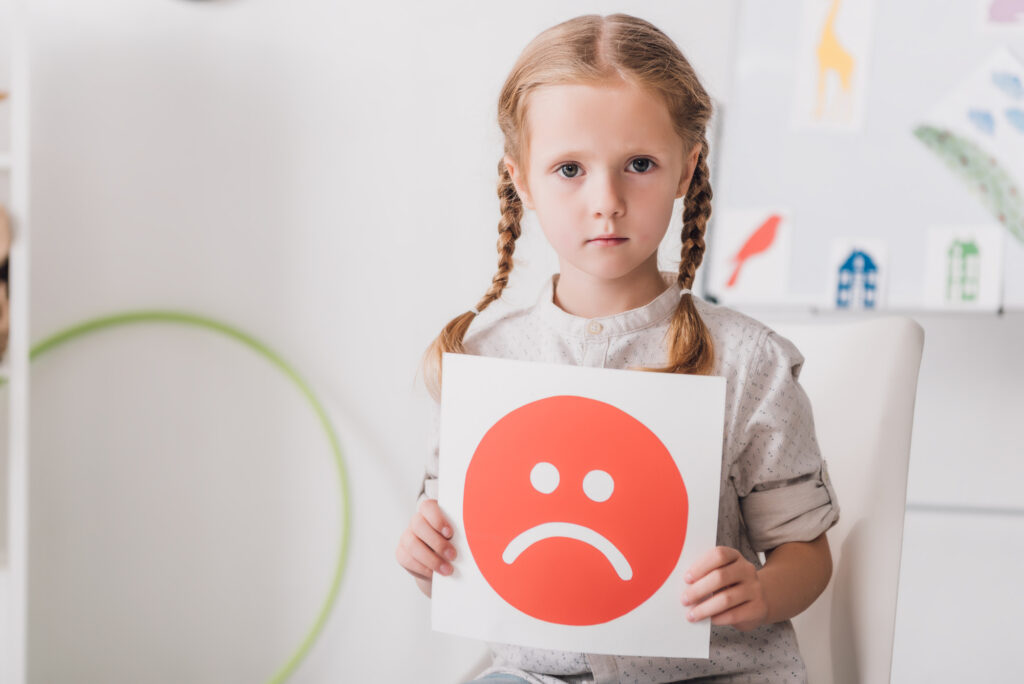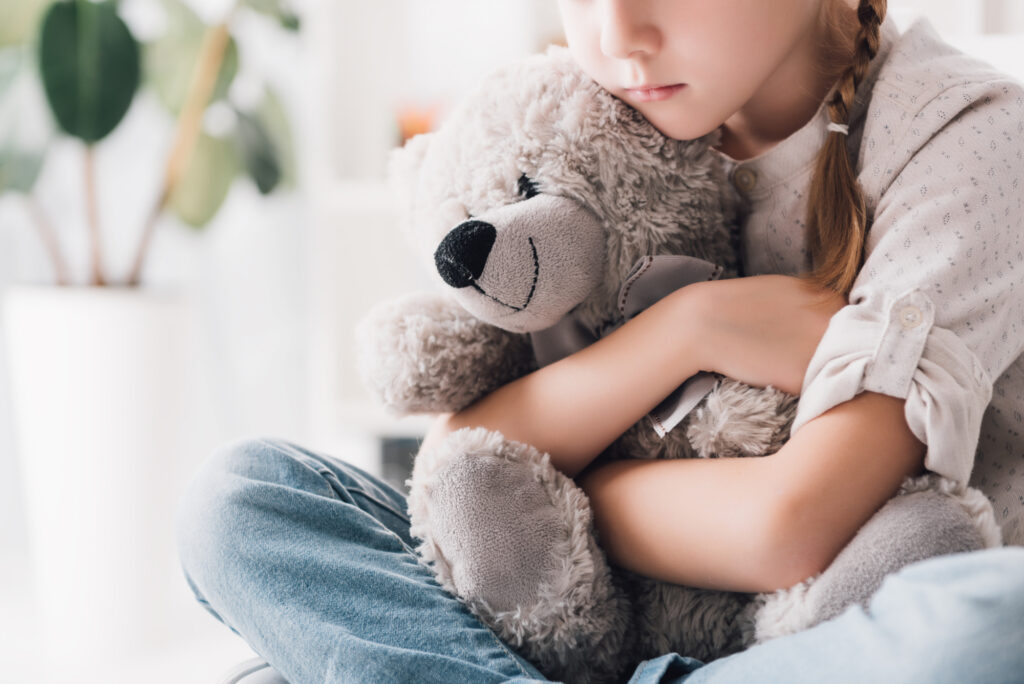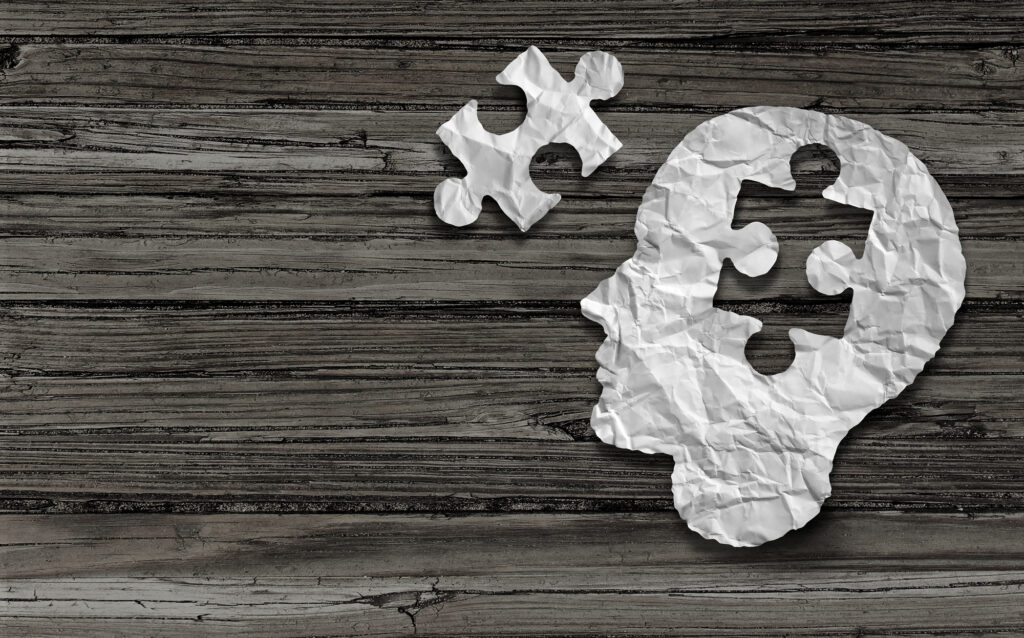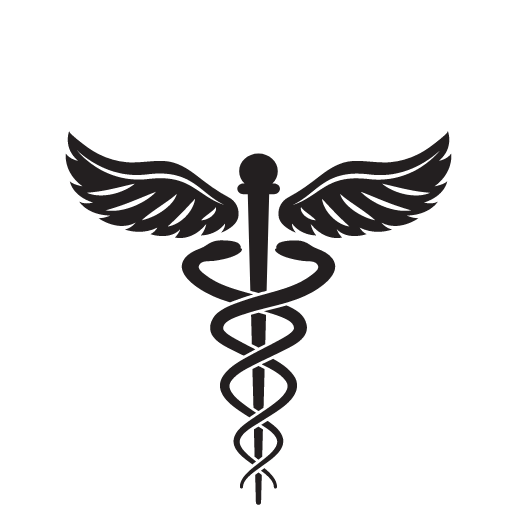
Yet, recognizing and addressing these issues in young individuals remains a daunting task for families, educators, and healthcare providers alike.
In what follows, we’ll cover the crucial topic of child and adolescent mental health, exploring the common challenges in identifying and addressing mental health issues at an early age.
From the subtle nuances of symptoms to the barriers in accessing appropriate care, understanding these challenges is essential for fostering the well-being and resilience of our youth.
Through awareness, education, and proactive intervention, we aim to shed light on the importance of nurturing young minds and providing them with the support they need to thrive mentally and emotionally.
Mental Health Issues in Children and Adolescents
Children and adolescents can experience mental health challenges that significantly impact their well-being and development.
Understanding these issues, along with their symptoms and impacts, is crucial for early recognition and intervention. The following discusses three common mental health issues in children and adolescents: anxiety disorders, depression, and behavioral disorders.
Anxiety Disorders
Anxiety disorders are among the most prevalent mental health issues in children and adolescents, affecting their ability to function effectively in various aspects of life.
Symptoms of anxiety disorders in young individuals may manifest as excessive worry or fear, restlessness, irritability, difficulty concentrating, muscle tension, and sleep disturbances.
Children and adolescents with anxiety disorders may experience intense anxiety in social situations, separation from caregivers, or performance-based activities. The impact of anxiety disorders on children and adolescents can be significant, leading to academic difficulties, social isolation, and impaired relationships with peers and family members.
Depression
Depression is another prevalent mental health issue in children and adolescents, characterized by persistent feelings of sadness, hopelessness, and loss of interest or pleasure in activities.
Symptoms of depression in young individuals may include changes in appetite or weight, sleep disturbances, fatigue or loss of energy, difficulty concentrating, and thoughts of death or suicide.
Depression can significantly impact a child or adolescent’s academic performance, social functioning, and overall quality of life. Without proper intervention, depression in young individuals can lead to an increased risk of substance abuse, self-harm, and suicide.
Behavioral Disorders
Behavioral disorders encompass a range of conditions characterized by persistent patterns of disruptive, aggressive, or antisocial behavior.
Common behavioral disorders in children and adolescents include attention-deficit/hyperactivity disorder (ADHD), oppositional defiant disorder (ODD), and conduct disorder (CD). Symptoms of behavioral disorders may include impulsivity, difficulty following rules or instructions, temper outbursts, defiance towards authority figures, and aggression towards peers or siblings.
Behavioral disorders can significantly affect children and adolescents, impacting their academic achievement, social relationships, and family dynamics. Without appropriate intervention and support, behavioral disorders may persist into adulthood and increase the risk of involvement in delinquent or criminal behavior.

Treatment and Support Strategies
When it comes to addressing mental health issues in children and adolescents, a combination of therapeutic interventions and support strategies is often employed to promote healing and well-being. Here, we explore two primary forms of treatment: psychotherapy and medication, each tailored to the unique needs of young individuals.
Psychotherapy
Psychotherapy, also known as talk therapy, is a fundamental component of mental health treatment for children and adolescents. Several types of psychotherapy are effective in addressing various mental health concerns:
- Cognitive-behavioral Therapy (CBT): CBT is one of the most widely used forms of psychotherapy for children and adolescents. It identifies and challenges negative thought patterns and behaviors, teaches coping skills, and promotes problem-solving techniques.
- Play Therapy: Play therapy utilizes play and creative expression as a means of communication and exploration for young individuals. Children can process emotions, work through conflicts, and develop problem-solving skills in a safe and supportive environment through play.
- Family Therapy: Family therapy involves working with the entire family unit to address relational dynamics, communication patterns, and family conflicts that may contribute to a child or adolescent’s mental health issues. Family therapy aims to improve family functioning and strengthen relationships.
- Trauma-Focused Therapy: For children and adolescents who have experienced trauma, trauma-focused therapy offers specialized interventions to address trauma-related symptoms and promote healing. This may include techniques such as cognitive restructuring, relaxation exercises, and narrative therapy.
Medication
In some cases, medication may be recommended as part of a comprehensive treatment plan for child and adolescent mental health issues. Commonly prescribed medications for children and adolescents may include:
- Selective Serotonin Reuptake Inhibitors (SSRIs): SSRIs are a class of antidepressant medications commonly prescribed to children and adolescents with depression or anxiety disorders. They work by increasing the levels of serotonin, a neurotransmitter associated with mood regulation, in the brain.
- Stimulant Medications: Stimulant medications, such as methylphenidate or amphetamine-based drugs, are often prescribed to children and adolescents with attention-deficit/hyperactivity disorder (ADHD) to improve focus, attention, and impulse control.
- Atypical Antipsychotics: Atypical antipsychotic medications may be prescribed to children and adolescents with severe behavioral disorders or mood disturbances that do not respond to other treatments. These medications can help manage symptoms such as aggression, irritability, or psychotic symptoms.
Alongside professional treatment, family support, school-based interventions, and community resources play vital roles in supporting the mental health and well-being of children and adolescents.

Final Thoughts
Recognizing and addressing child and adolescent mental health is paramount for promoting positive development, academic success, and overall well-being in young individuals.
Through early intervention, access to evidence-based treatments, and the implementation of supportive environments in schools, families, and communities, we can empower children and adolescents to overcome mental health challenges and reach their full potential.
This content was written and reviewed by a medical doctor. 
Autism Spectrum Disorder and ADHD
Throughout human development, certain conditions manifest in childhood that shape individuals’ experiences and interactions with the world. Among these are Autism Spectrum Disorder (ASD) . . .
Bad Therapist? A Guide to Protecting Your Mental Health
A bad therapist can significantly hinder a client’s progress by being judgmental, dismissive, or unempathetic, leading clients to feel invalidated or misunderstood.
Digital Mental Health Interventions
In recent years, the field of mental health care has undergone some significant changes with the emergence of digital mental health interventions.
Mental Health in the Workplace
Mental health in the workplace is a critical aspect of overall well-being and organizational success.



